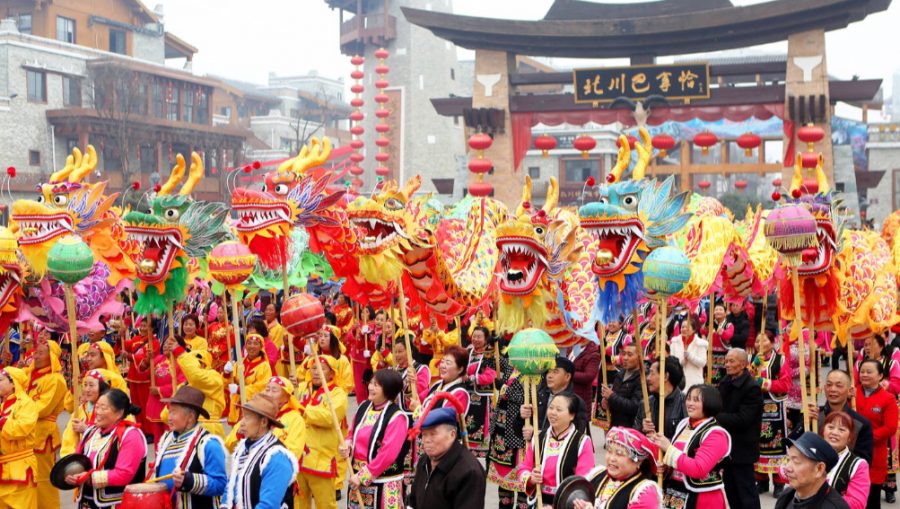The Year of the Rat has Begun, Kickstarting Over Two Weeks of Celebration
With the previous lunar year coming to a close, the year of the Rat has begun, and people around the world are traveling to family in order to partake in the many festivities that characterize this event. This celebration, which is called Spring Festival in Mainland China, marks the most significant travel period of the year with millions flying into China and many others taking trips from large cities to the suburbs where their families live. According to Bloomberg, it is projected that Chinese Citizens celebrating this New Year will pursue as many as 3 billion trips, making this the most intensive travel period by far. But what is the cultural significance of this Celebration?
Days Leading Up to New Year’s Day
The Festival, which began on the New Moon of January 25th, includes 15 days of celebration. In the days leading up to the First Day of New Year’s Celebration, people pursue activities that are thought to eliminate bad luck before the New Year. Some of these activities include cleaning around the house, while others include shopping for certain new items, which symbolizes a clean start for the New Year. Additionally, many individuals paste couplets poems on the area around their front door, which carry significant symbolic value in Chinese tradition. They often transmit messages that wish luck, health, and wealth upon those who see them. Additionally, they are formatted as two vertical lines of poetically written characters and are placed on both sides of the front door. A third component of text is horizontally placed above the entryway.
New Year’s Eve and the First Day of Celebration
On the Eve of the New Year, a traditional reunion dinner takes place in which individuals meet with their families. This dinner, which is the largest family gathering of the year and has been compared to Thanksgiving, entails an extensive menu that includes foods ranging from Wenchang Chicken and Sichuan-style Sausage to Mutton Chops and many others.
Following this is the first day of celebrations, which are marked by the sensational firework festivals that take place. The use of fireworks during this celebration has considerable cultural significance. According to Chinese Legend, people throughout history were tormented by evil spirits and a monster called Nian that would destroy entire villages and eat humans. To defend against these spirits, bamboo was burned to create loud noises that were effective at scaring away this monster. Today, these loud sounds are made by the extensive firework shows that take place during this celebration, thus giving them considerable cultural significance. Additionally during this first day, people visit their elders to honor them in the spirit of filial piety.
Lucky Money
Another significant cultural component of this celebration is the giving of Lucky Money to family and friends. Lucky Money has its roots in a legend where a monster called Sui would approach children on New Year’s Eve and give them forms of bad luck as they sleep. To combat this monster, coins, which were thought to be a form of protection against this monster, were placed onto red string by parents and then put under the pillows of children. Lucky Money evolved from this idea and is now in the form of paper money that is placed in red envelopes.
As millions travel across the world to visit their families during this New Year’s Festival, the staff at The Review wishes safe travels to those celebrating.
Written with Special Thanks to Yian Lin ‘22 for his insight on this event!

Joe Sullivan is a sophomore enjoying his second year at the Review. Joe primarily writes about politics and current events. He participates in lots of...

